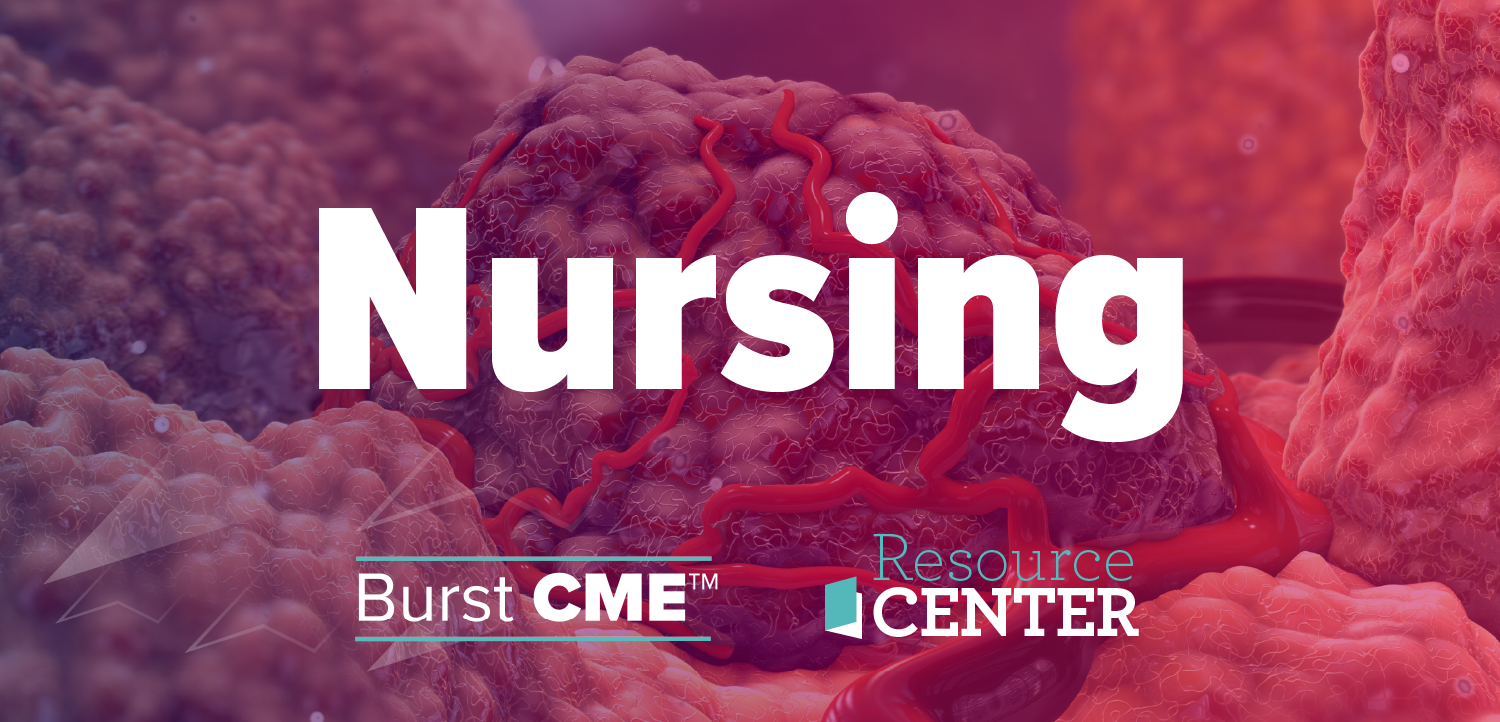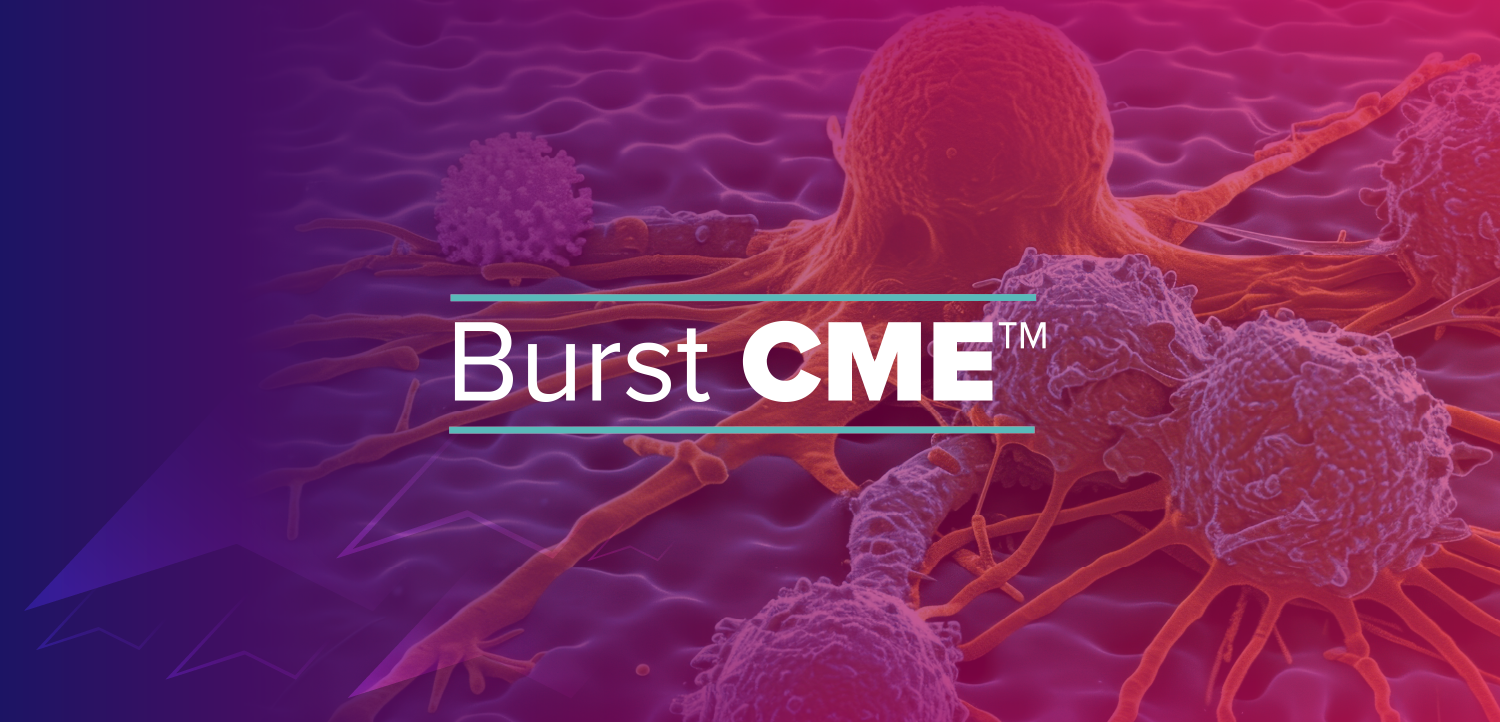
March 2006 marks the seventh annual National Colorectal Cancer Awareness Month. The national nonprofit Cancer Research and Prevention Foundation (CRPF) and its partners have activities planned to increase general knowledge in the United States about colorectal cancer, to advocate screening, and to encourage potentially life-saving lifestyle changes.



























































































